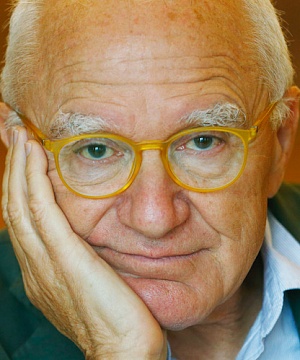Dr. José M Mato, professor and general director of the Center for Cooperative Research in Biosciences, CIC bioGUNE (www.cicbiogune.es), in the Basque Country, received his Ph.D. degree from Leiden University, the Netherlands, where he spent eight years doing research on chemotaxis in Dictyostelium discoideum under the direction of Prof. Theo M. Konijn.
Dr. Mato spent a year as a guest investigator conducting research in methionine metabolism in leukocyte chemotaxis at NIH, and then another year-long visit at the University of Pennsylvania. In 1988 he became professor and director of the Institute of Biomedical Research of the Spanish Scientific Research Council (CSIC); and in 1992 he was appointed president of the CSIC, the largest Spanish scientific research organization. Before establishing in the Basque Country, he was professor of medicine of the University of Navarra.
Dr. Mato is general director and founder of CIC bioGUNE, a new center for biomedical research focus on translational research. In 2004 he received the National Research Prize in Medicine, the highest recognition in science given by the Spanish state.
Dr. Mato’s research interests focus on the study of the role of S-adenosylmethionine (SAMe) in liver health and injury. He found that decreased hepatic SAMe biosynthesis is a consequence of all forms of chronic liver injury in humans, and that treatment with this molecule improves survival in patients with alcoholic liver cirrhosis. In an animal model of chronic liver SAMe deficiency, created by Dr. Mato in collaboration with Dr.
Shelly C Lu (USCLA), they observed that the liver develops spontaneous steatohepatitis and hepatocellular carcinoma (HCC). Later, they also observed that impaired SAMe metabolism, which occurs in patients with mutations in glycine N-methyltransferase (GNMT), can also lead to fatty liver and HCC. This suggests that hepatic SAMe level needs to be maintained within a certain range, and deficiency or excess can both lead to abnormality. Recent work by Dr. Mato’s group has uncovered a noncanonical LKB1/AMPK/eNOS cascade regulated by hepatocyte growth factor (HGF) and SAMe that functions as a critical determinant of hepatocyte proliferation during liver regeneration after partial hepatectomy and that is altered in animal models of hepatocarcinogenesis.


